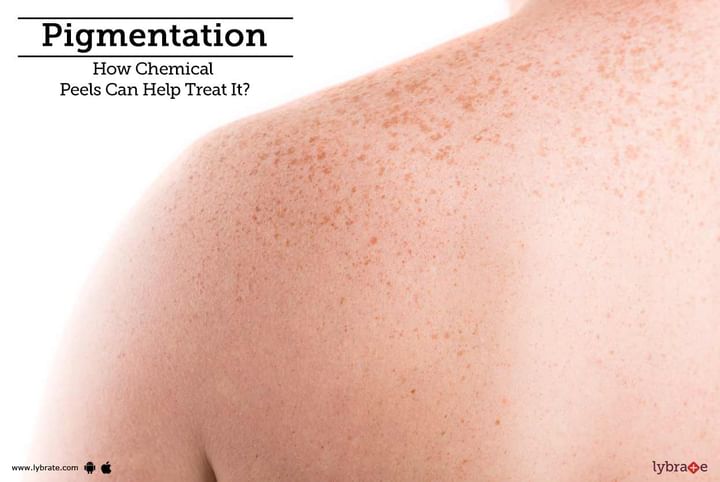Pigmentation - How Chemical Peels Can Help Treat It?
Besides being a part of aging, skin pigmentation can also be caused due to the damaging effects of acne or even long-term exposure to UV rays of the sun. You can eliminate brown spots or scars by resorting to certain skin rejuvenation treatment. The more aggressive skin treatments are Laser Skin Resurfacing or Intense Pulsed Light (IPL). For treating moderately pigmented skin, Chemical Peels can also be used.
How do chemical peels work?
Chemical peels sink deeper into the layers of your skin and stimulate the cell’s turnover process. For exfoliation, the chemical peels are used to burn the top layer of your skin, thus reducing the pigmentation of your skin and also eliminating or reducing the external lines, blemishes and wrinkles. Different chemical peels have different penetrating powers into different layers of the skin. The chemical peels are customized according to the area and extent of damages caused to your skin.
Treatment by chemical peels
Such treatment is taken up by cosmetic dermatology centers and medical spas. Prior to the process, consult the dermatologist for a better evaluation of your skin type and needs. Also know about the potential risks and side effects such as burning, excessive scarring, permanent hypo-pigmentation or hyper-pigmentation
Types of chemical peels
The following are the commonly used chemical peels used for the treatment of pigmentation:
- Vi Peel: Considered to be a very powerful Gen Next peel, it involves minimum downtime and brings about effective results. It restores damaged skin and alleviates the visible signs of aging. Healing may take a maximum of 4 days and the peel has to be kept on the skin till it heals completely. It is particularly effective for Melasma and hyper-pigmentation.
- Melanage Peel: It is prepared with retinoic acid and hydroquinone. It can be suitably used for all types of skin. This along with medicated masque increases the skin cell turnover and breaks up the pigments. It also stimulates the production of collagen, thus making the skin smoother and toned after it heals.
- Trichloroacetic Acid (TCA): This has moderate penetration into the skin. Here, the downtime varies between seven to ten days, depending upon the sensitivity of your skin. It is particularly effective for those having pronounced pigmentation of the skin.



+1.svg)
